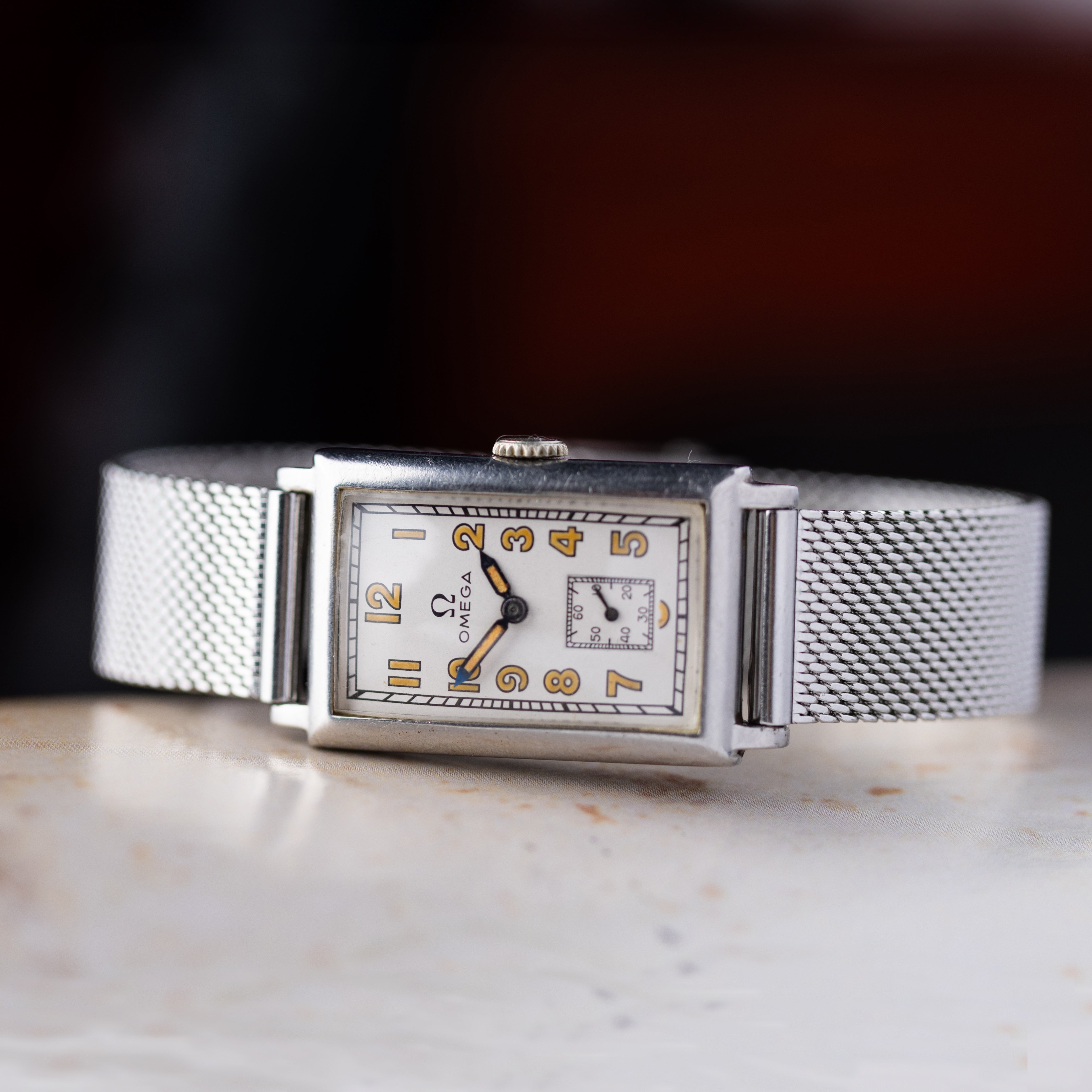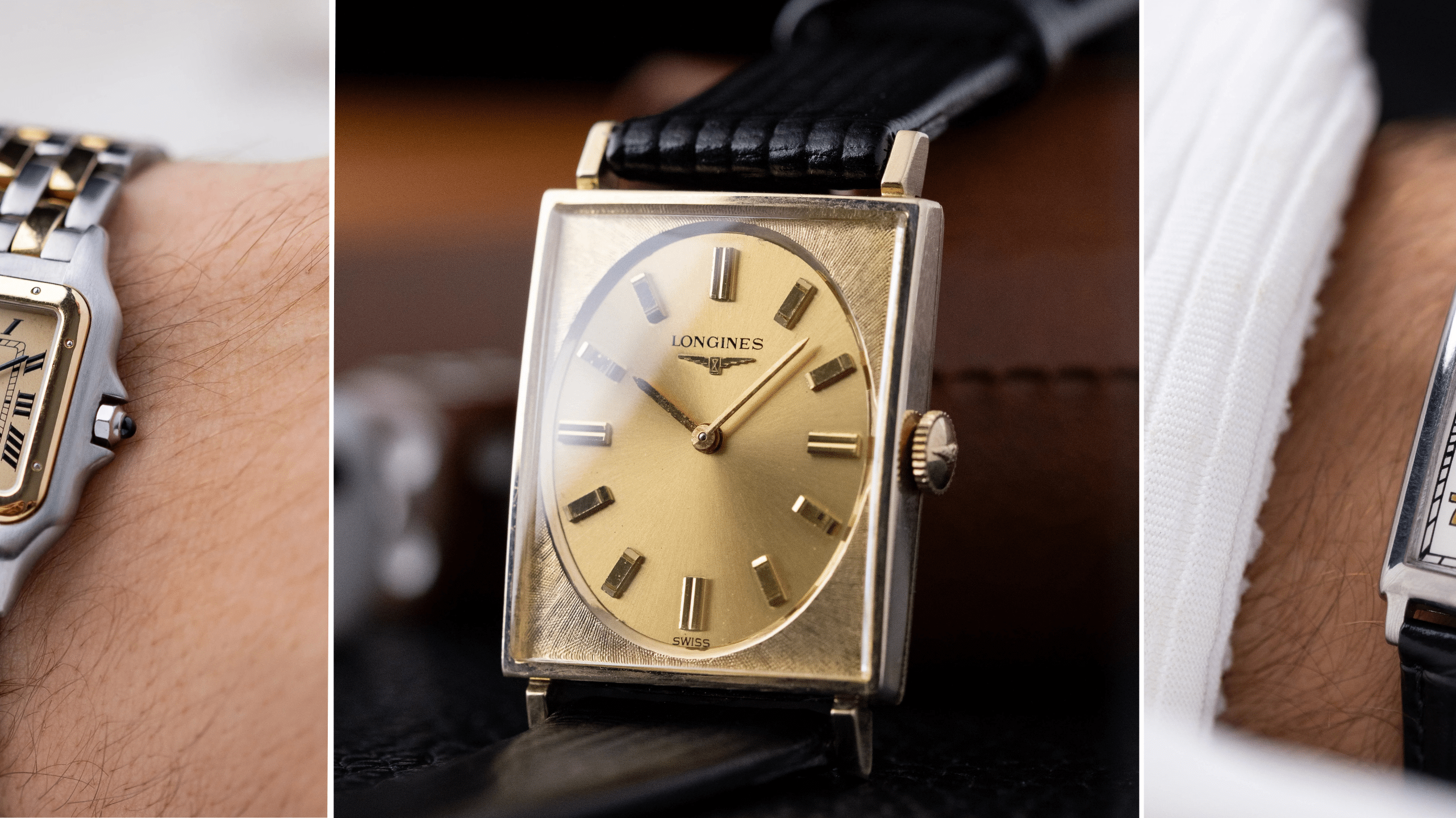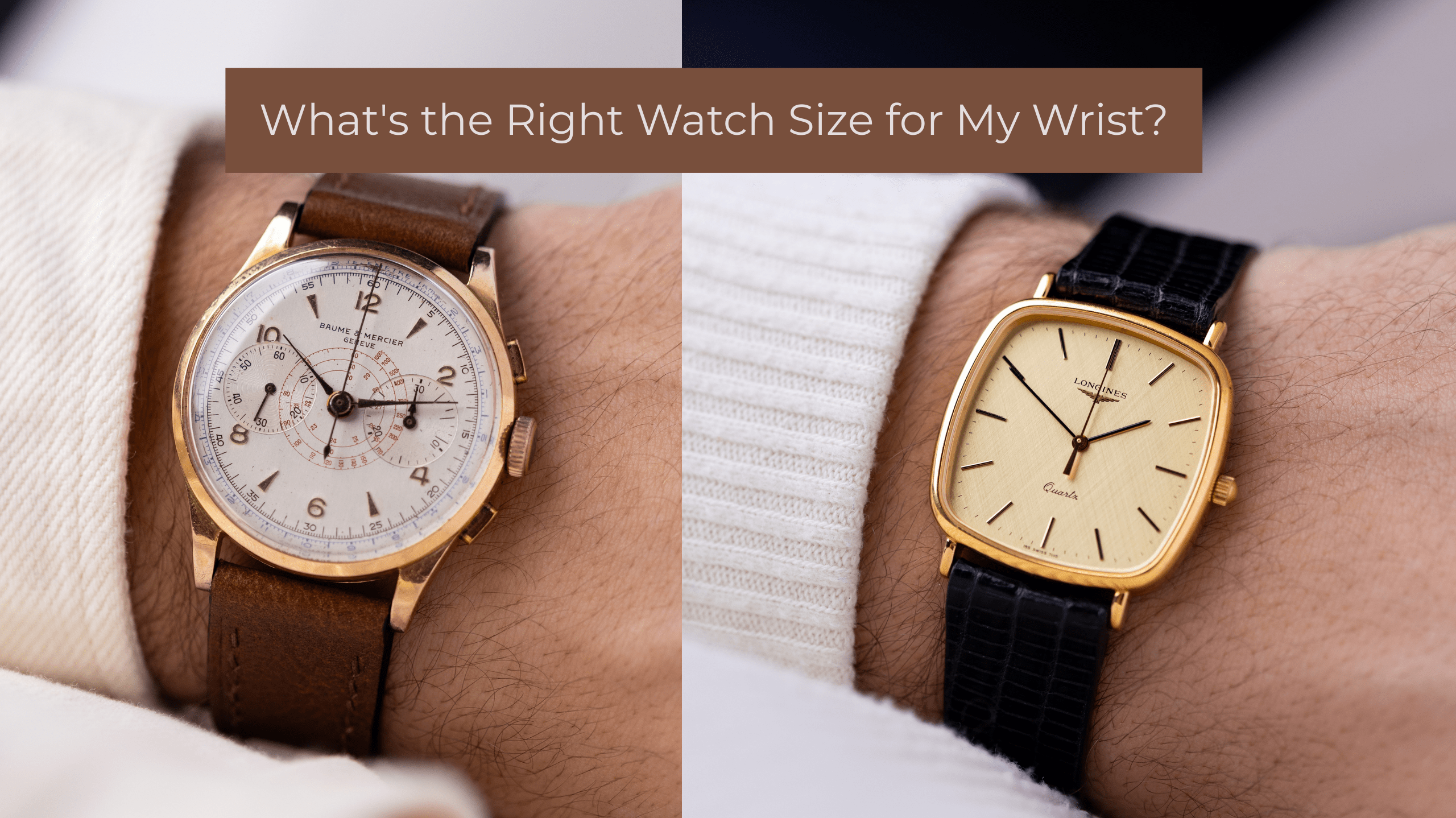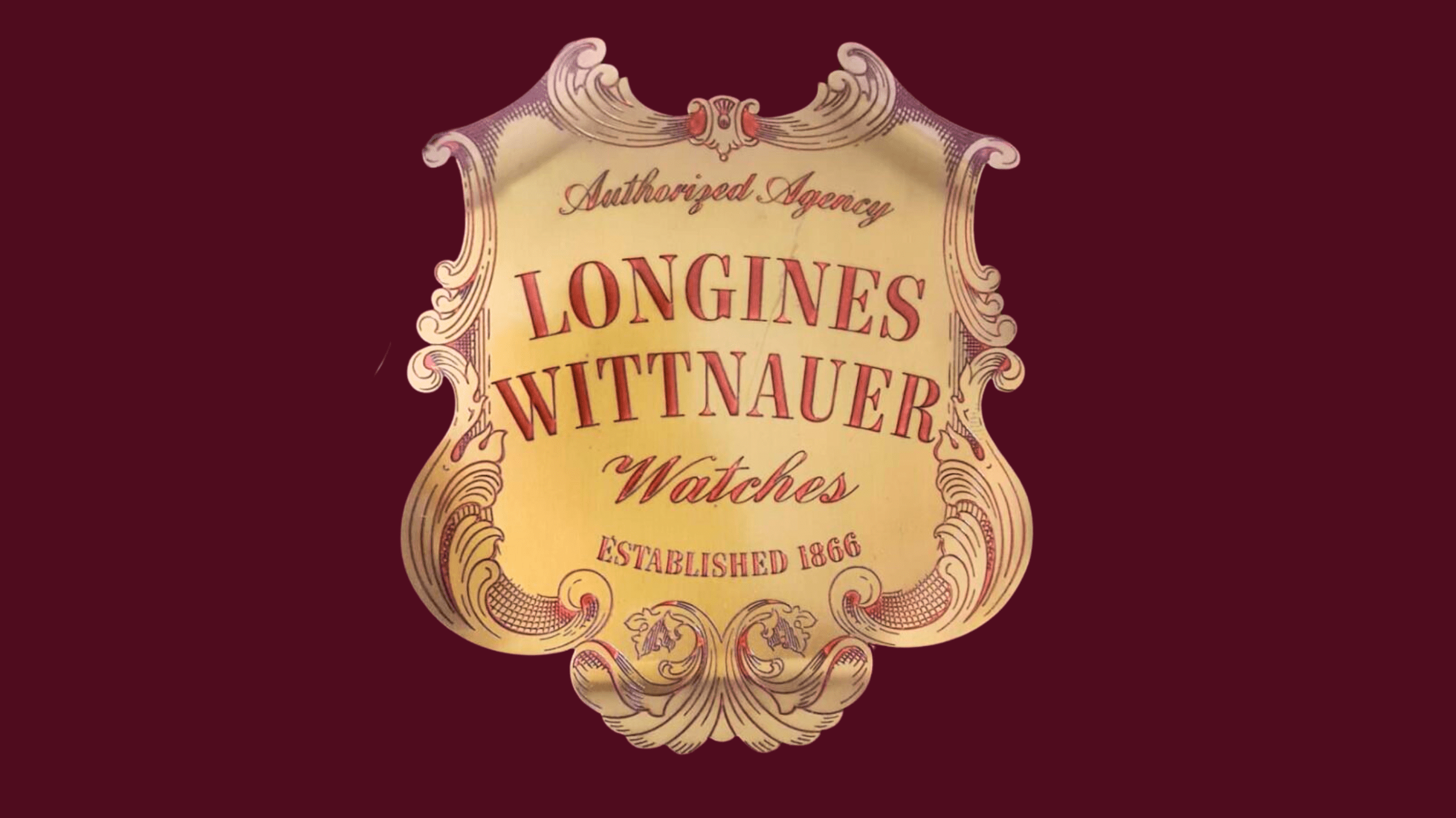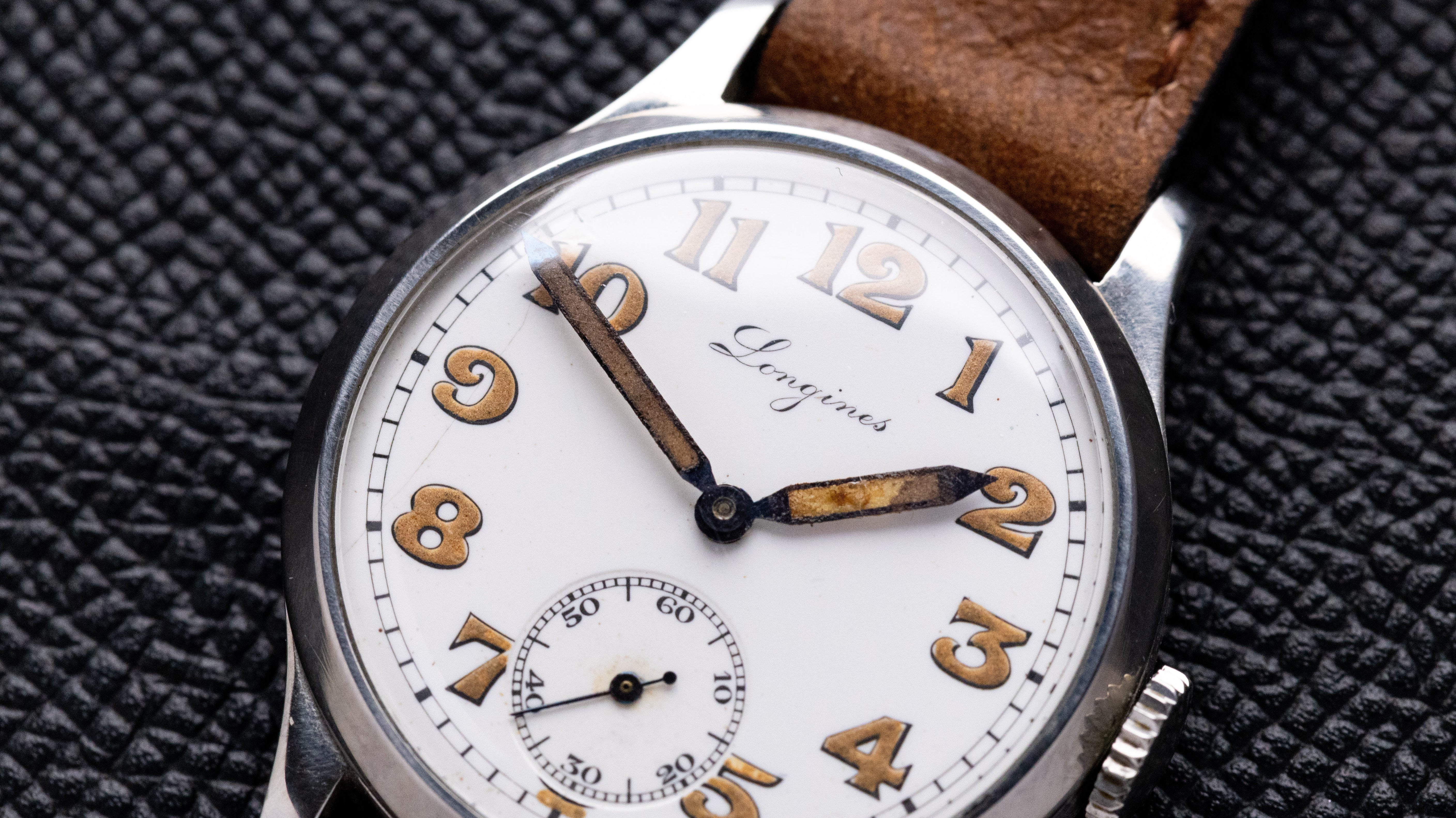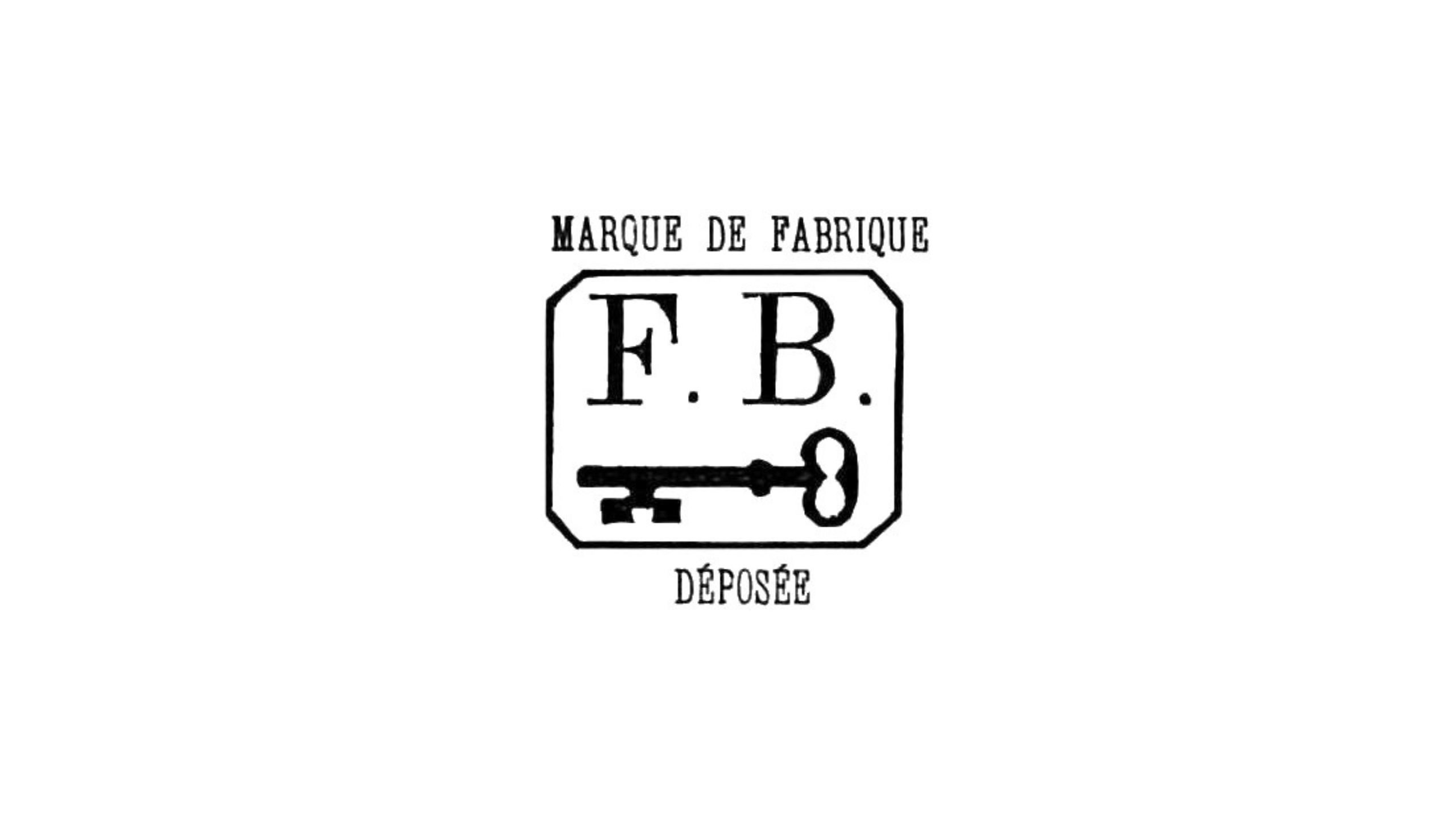Historical Context and Origins
In the mid-1950s, as the Cold War took shape, the Soviet Union and the newly established People’s Republic of China enjoyed a brief period of close alliance known as the Sino-Soviet friendship. It was in this climate of camaraderie and propaganda of unity that the Chistopol Watch Factory (later known for the Vostok brand) created the “Druzhba” watches – Druzhba meaning “friendship” in Russian. These watches were introduced as a symbolic gift and export item for China, debuting at the First Exhibition of Economic and Cultural Achievements of the USSR held in Beijing in 1954.

This large exhibition – hosted in a Soviet-built Beijing hall – was meant to showcase Soviet technological and cultural accomplishments to the Chinese public, reinforcing the theme of Sino-Soviet friendship. The Druzhba watch was created specifically for this event and the Chinese market, its very name and design celebrating the close relations of the era (which was before the later Sino-Soviet split of the 1960s). After the 1954 expo, the Druzhba watches continued to be produced and sold in China through the late 1950s (approximately 1954–1960), essentially serving as both a functional timepiece and a diplomatic souvenir of Soviet-Chinese goodwill.
Design and Model Variations
Druzhba watches were produced in limited variations, all sharing a common design language tailored for a Chinese audience, but with some differences in dial details, case styling, and movement over the years. Broadly, the original Soviet-era Druzhba can be categorized by two main dial designs and minor technical variations:
An original 1950s Vostok “Druzhba” watch. Note the Chinese 友谊 (“friendship”) script below 12 o’clock, Chinese numerals at each hour, and the illustration of a Beijing landmark with doves above.

All Druzhba dials prominently featured Chinese characters and imagery to honor the target market. At the 12 o’clock position, the watches either display a Chinese inscription or symbolic flags, depending on the variant. The most common dial variant has the Chinese word “友谊” (Youyi, meaning “Friendship”) printed just below the 12 o’clock marker.

On the rarer variant, this textual emblem of friendship is replaced by a pair of tiny crossed flags - the national flags of the USSR and the PRC – depicted side by side. Both dial versions share the same central artwork: an illustration of a famous Beijing landmark (often identified as the Tiananmen gate of the Forbidden City) rendered on the lower half of the dial. Above the building image, a flock of doves is depicted in flight. The overall dial composition is rich in Sino-Soviet symbolism: Chinese numerals, Chinese script or flags of both nations, and iconic imagery of China’s capital, all framed by peaceful doves.

Notably, two primary dial designs (the “友谊” text version and the crossed-flags version) were produced, but both types include the Forbidden City motif with doves in the background.

Most Druzhba examples use a single-tone light dial with the Beijing motif printed in a black tone and golden Chinese numerals. Much less common are two-tone dials (often with a subtly contrasting centre and chapter ring. These two-tone pieces appear only sporadically in collections and auction records and are notably rarer than the regular single-tone dials, which have been produced in greater numbers.
Case Types and Movements
The Druzhba was a mid-1950s dress watch in form, generally featuring a round case of about 33 mm diameter with an acrylic crystal and screw-down caseback. The standard cases were made of base metal (brass) with chrome plating (yielding a steel-colored finish) - which is how the model was depicted in official Soviet catalogs. However, many surviving examples are found in gold-tone cases, i.e. gold-plated versions. The prevalence of these gold-plated Druzhbas, despite the 1960 factory catalog only showing chrome, has led to debate among collectors about their origin. It’s possible that gold-plated cases were special editions or later factory variations (or even aftermarket case swaps), but they are period-correct enough that most consider them authentic variants from the late 1950s.

There are two caseback types on Vostok Druzhba watches: an earlier bayonet-lock back (bayonet mounting tabs that twist to lock), and a screw back with a retaining ring (the ring tightens the back against the gasket). The bayonet style is the earlier variant; the screw-back with retaining ring appears on later pieces and generally offers better sealing.

Internally, the movement of the Druzhba evolved slightly over the production run. Early models from 1954–55 appear to have used a hand-wound movement with a small seconds sub-dial at 6 o’clock. (This is evidenced by some early Druzhba dials that indeed have a small second hand in a subdial above the 6 position, rather than a central sweep seconds.) By the later 1950s, the Chistopol factory upgraded the design to use its newer 17-jewel “2604” caliber – a manual wind movement with a central sweep second hand. Most Druzhbas encountered today have this Vostok Caliber 2604 movement, which features a central seconds hand and was the standard for Chistopol’s export watches at the time.

Both versions are mechanically simple, reliable movements (no date function), reflecting 1950s watchmaking. Aside from the seconds display, the two movement variants look similar; the transition was likely a technical improvement to modernize the watch around the late 1950s. All Druzhba movements were produced by the Chistopol Watch Factory and carry the Soviet hallmark of the era.

Vostok Rare Vintage Soviet Watch "Druzhba", Temple of Heaven, USSR-Chinese Friendship
This Vostok “Druzhba” is a historically significant piece, created specially for the 1954 First Exhibition of Economic and Cultural Achievements of the USSR held in Beijing.
$650.00
See More
Conclusion
It’s easy to think of mechanical watches as mere collectibles. But the Druzhba was never just décor. It was a political gift, a cultural export, a wearable promise. Ironically, it survived that promise. Long after the Sino-Soviet split, these watches outlived speeches and slogans, quietly circulating among collectors - still whispering the word 友谊.

